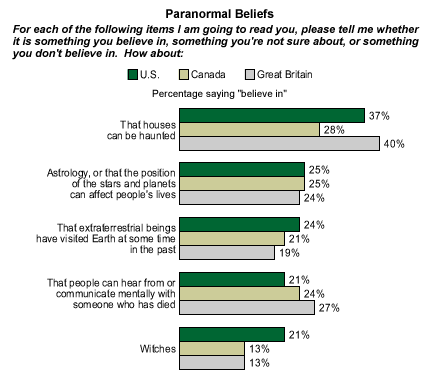Copyright 2021 by Gary L. Pullman
Like all other genres of fiction, the literature of horror, a type of fantasy, expresses philosophical implications about the way its characters view the world, even if their Weltanschauung is not altogether clear to them.
The existence of a supernatural antagonist, or villain, posits the existence of supernatural, or spiritual, dimension of existence as well as a natural order of being, both a supernatural world and a natural world.
God as Architect by anonymous. Source: Wikipedia
In a story in which such a dualistic metaphysics exists, a supernatural villain is, by origin or nature, as its powers or abilities confirm, linked to a realm that transcends the natural world. Such beings are beyond the universe, outside nature. Therefore, they are also beyond human ken, outside human knowledge and understanding. Supernatural entities are mysterious, which tends to heighten our fear of them; the unknown is always especially frightening when it appears to have a threatening aspect, as, of course, villains, human or otherwise, do.
The question arises as to whether an audience whose members disbelieve in the existence of a supernatural order (and, therefore, of course, supernatural antagonists) can experience fear while watching a movie such as, say, The Exorcist, the villain of which is a demon (or, maybe, the devil himself), A Nightmare on Elm Street, which features a supernatural bogeyman, or Poltergeist, the antagonist of which is a not-so-friendly ghost. Of course, the same question also applies to any movie that posits the existence of a vampire, a werewolf, a witch, or any other supernatural villain.
As far as I know, no one has conducted a study, or even a poll, concerning this particular question, although, in 2005, Gallp conducted a few polls concerning whether or not Americans believe in various supernatural (and paranormal) beings, with the results well under half. (However, the poll seems flawed, since it includes "aliens," which, should they be discovered to exist, would be entirely natural beings, not supernatural entities, since "nature" constitutes the entire universe and everything in it, which is why we say that God, a supernatural being, for example, is transcendent to, or beyond, nature and, in fact, in many religious traditions, created the universe.)
Detail from The Garden of Earthly Delights by Hieronymus Bosch. Source: Wikipedia Commons
However, based on a thoughtful thread of posts on Religious Forums, materialists (those who believe that the universe and all things in it are material and that spirits, souls, and the like do not exist except as imaginary or metaphorical constructs) are likely to experience a continuum of feelings, from a lack of fear altogether to terror, when they come across a villain the likes of the devil, Freddy Krueger, or a poltergeist, whether or they believe such villains exist--or can exist.
Zener cards. Source: Wikipedia
Jumi follows a tactic that is more prevalent among today's skeptical materialists: "You're in luck, materialism itself doesn't rule out strange phenomenon from existing. It just doesn't actively promote these ideas. The materialistic Soviet Union had multiple researchers study paranormal phenomena in hopes of finding something useful to further the materialist dialectic.
The problem with this approach, in general, is that it is often based on a confusion of the supernatural with the paranormal. Materialism, by definition, does rule out the supernatural. The universe is nature; therefore, anything that is held to transcend nature, to be "outside" the universe (e. g., God, angels, demons) or wields supernatural power (e. g., performs miracles or magic or otherwise defies natural [or, as we call them today, scientific laws]) would be supernatural and, therefore, in materialists' view, impossible, because nonexistent. However, paranormal phenomena are possible, perhaps, if, by "paranormal," we mean simply natural beings, properties, or powers of natural origin that ares imply not known or understood through science or reason. For example, if extra-sensory perception does exist, but it is simply inexplicable in terms of present-day science or reason, then it is possible; it may even be actual. Until it can be explained, however, it remains merely a possibility, but a possibility, nonetheless. Jumi's statement, therefore, seems to be related more to the possibility of paranormal phenomena, rather than to the possibility of supernatural facts and events.
In either case, either Coleridge's "willing suspension of disbelief" strategy or the more fashionable recognition of the possible existence of paranormal, but not supernatural, phenomena can allow materialists to enjoy, and even, perhaps, be scared by, the literature and drama of horror.





.jpg%2F1279px-Bosch%252C_Hieronymus_-_The_Garden_of_Earthly_Delights%252C_right_panel_-_Detail_knife_right_(mid-right).jpg&f=1&nofb=1)




























